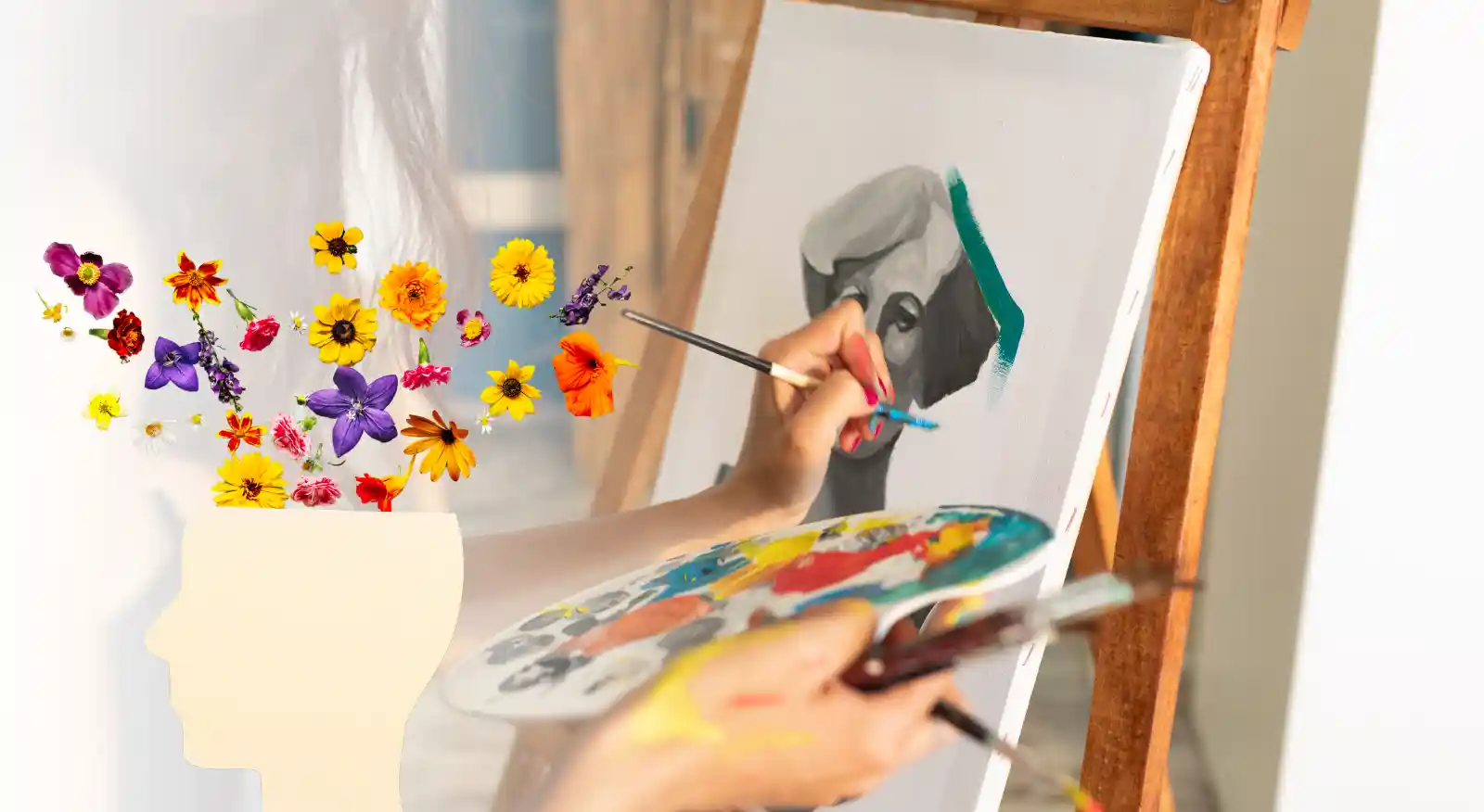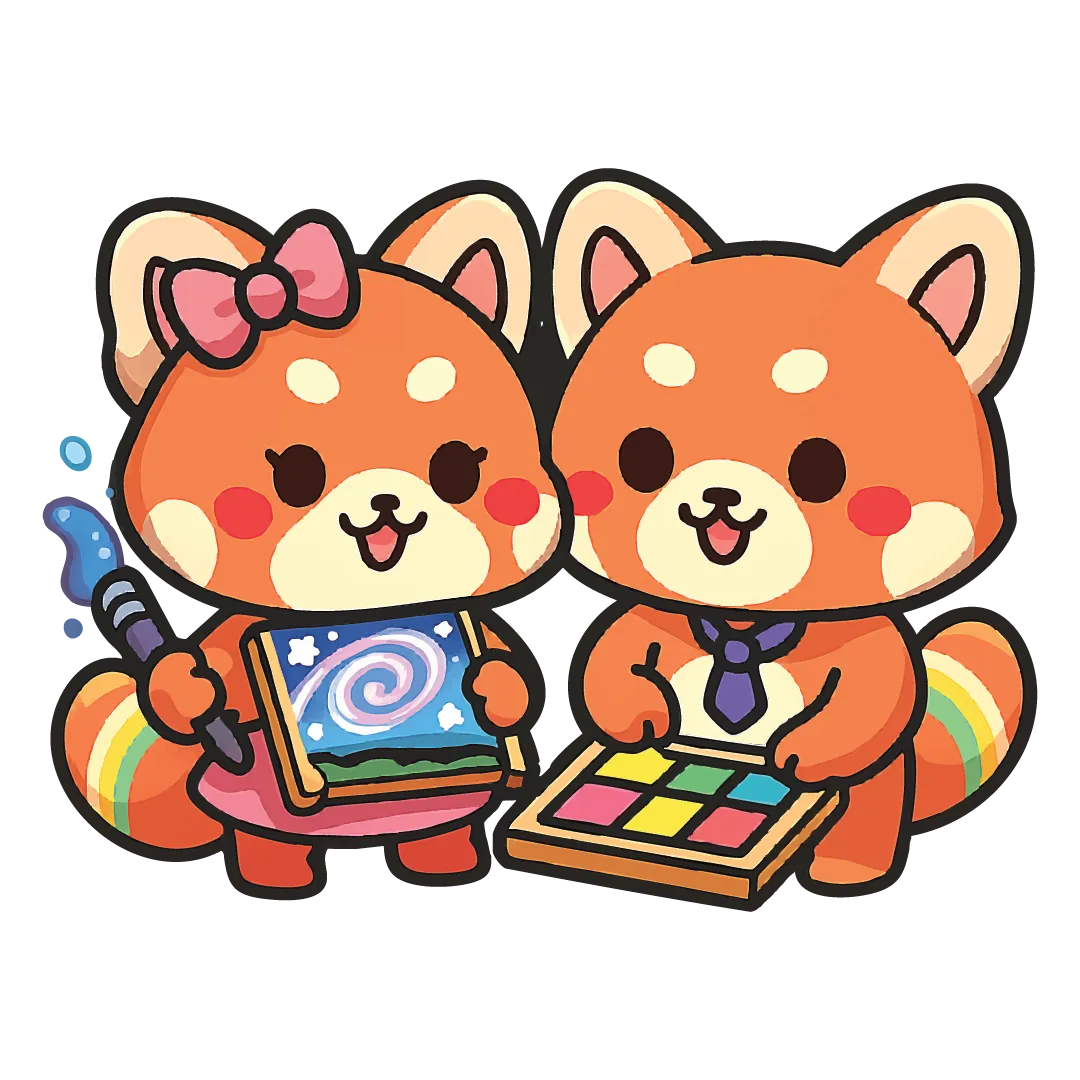
Art as Therapy: How Creativity Can Improve Mental Health
Art is more than just something beautiful to look at. It can be a powerful tool for emotional healing and personal growth. For many people, expressing themselves through art provides relief from stress, anxiety, and even depression. You don’t need to be a professional artist to benefit—just the act of creating something can help you feel better inside.
In this article, we’ll explore how art can improve mental health and why creative activities are so helpful for emotional well-being.
What Is Art Therapy?
Art therapy is a form of therapy that uses creative activities—like drawing, painting, sculpting, or collage—to help people express and process their emotions. It’s often used by trained professionals to support people dealing with stress, trauma, anxiety, or other mental health conditions.
However, you don’t need to be in formal therapy to benefit from using art as a tool for self-care. Many people use creative hobbies on their own as a way to relax, reflect, and feel more connected to their emotions.
How Creativity Supports Mental Health
Here are some of the key ways art can improve your mental and emotional well-being:
1. Reduces Stress and Anxiety
When you focus on making art, your mind gets a break from daily worries. It allows you to enter a calm, focused state—similar to meditation. This helps reduce stress and lower anxiety levels.
Even simple activities like coloring, painting, or arranging mosaic pieces can be very soothing and help shift your thoughts away from stress.
2. Boosts Mood
Engaging in creative activities stimulates the brain to release feel-good chemicals like dopamine. This helps lift your mood and makes you feel more positive and relaxed.
Whether you’re drawing, painting, or just doodling, the act of creating can give you a sense of satisfaction and happiness.
3. Improves Self-Expression
Some feelings are hard to put into words. Art allows people to express emotions visually—through colors, shapes, and patterns. This can be especially helpful for those who struggle to talk about their emotions.
By turning emotions into something visual, people often gain new insights into how they feel and why.
4. Encourages Mindfulness
Art activities naturally bring you into the present moment. As you focus on what you’re creating—choosing colors, shapes, or textures—you become more aware of your thoughts and feelings.
This mindfulness can help quiet negative thoughts and promote emotional balance.
5. Increases Confidence and Self-Esteem
Finishing an artwork, no matter how simple, gives a sense of accomplishment. Over time, trying new techniques and seeing your progress can boost your confidence and help you believe in your abilities.
This is especially helpful for children and seniors, who may be looking for new ways to feel proud and capable.
Who Can Benefit from Art as Therapy?
Art can benefit anyone, regardless of age, background, or skill level. It’s especially helpful for:
- Children, who may not yet have the words to express how they feel
- Teens, who often face emotional stress and pressure
- Adults, dealing with work stress, anxiety, or depression
- Seniors, who may experience loneliness or memory loss
- People with trauma, as art offers a gentle way to express painful emotions
You don’t need to be “good” at art. The focus is not on making something perfect—it’s about the process and how it makes you feel.
Art in a Supportive Setting
Sometimes, doing art alone is helpful. But it can also be powerful in a group setting, especially when the environment is warm and welcoming. At Art Journey, we offer mosaic art jamming sessions that are designed to be both relaxing and joyful. Whether you’re looking to de-stress, bond with others, or simply enjoy a mindful activity, our sessions offer a creative escape from everyday life.
Getting Started with Art for Mental Health
Here are a few simple ways to begin:
- Set aside time for creative play. Even 15–30 minutes a week can make a difference.
- Keep basic supplies handy. A sketchpad, markers, paints, or mosaic tiles are a good start.
- Let go of judgment. Focus on the process, not the end result.
- Use colors and shapes to express how you feel. Try creating something that shows your current mood.
- Join a local workshop or art jamming session. These guided experiences can provide structure and encouragement.






